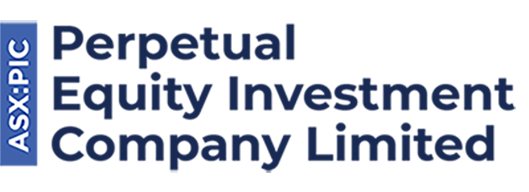
Most investors are aware that risk and return are highly correlated. An old maxim in traditional finance theory is that to gain higher returns; you need to take on more risk. For some, this may even imply that higher returns are the reward for taking on more risk. While increased potential returns on investments often go hand-in-hand with increased risk, we believe these returns shouldn’t come at any price and a more nuanced approach is needed when considering and assessing risk. Investing in any financial instrument comes with risk – be this project-specific risk, industry-specific risk, competitive risk or international risk – and several factors influence the type of returns investors can expect from trading in markets.
Determining an appropriate risk-return trade off will depend on each individual investors’ risk tolerance, years to retirement and the potential to replace lost funds. Risk should also be considered both as an essential component of each investment decision and in assessing their portfolio as a whole. At the portfolio level, diversification allows investors to reduce the overall risk associated with their portfolio but may limit potential returns. Making investments in only one market sector, for example, may generate superior returns but it may also experience lower returns than could have been achieved with a broadly diversified portfolio. Generally, a diversified portfolio reduces the risks presented by individual investment positions.
For value investors, risk is not something to be endured for future reward and the preference is generally for reasonable risk investments in large-cap companies. With big, established companies there is a presumption that there is less chance of the share price suddenly dropping due to traditional economic forces. There may be an internal issue which arises to force a sudden drop in value, but outside forces are less of a factor. While the aim is to buy low and sell high, market capitalisation assists in determining risk as there is likely a ready market of buyers when it comes time to sell the stock. Then it is just a matter of finding companies where the share price is attractive relative to its return potential and holding positions for the long term, provided that the quality of the business remains unchanged and the price remains attractive.
